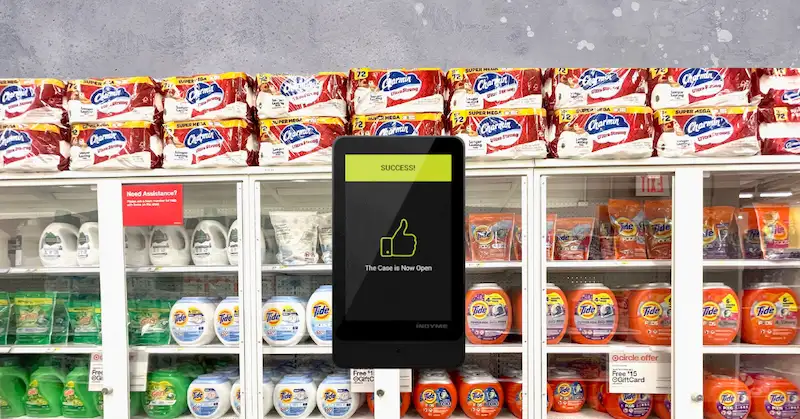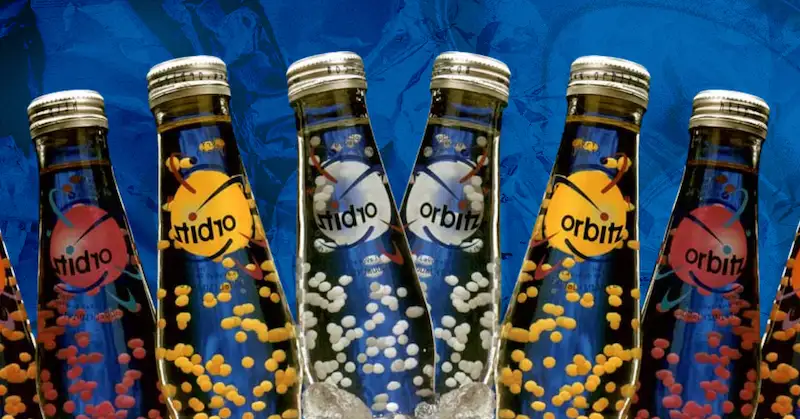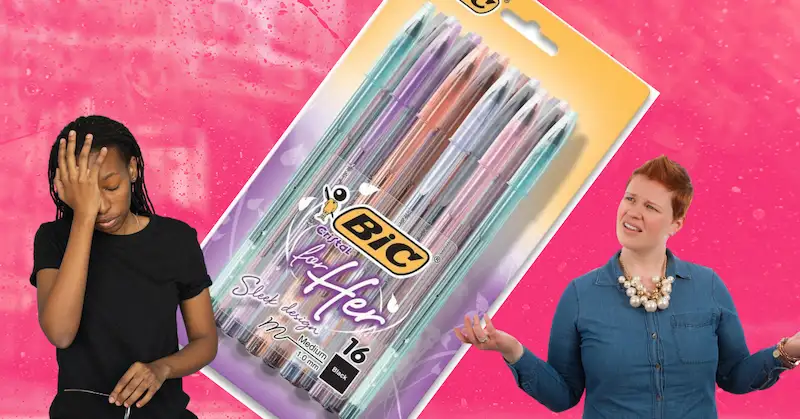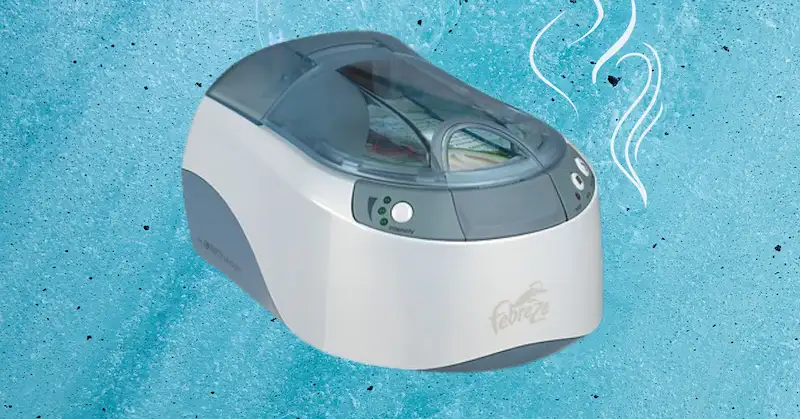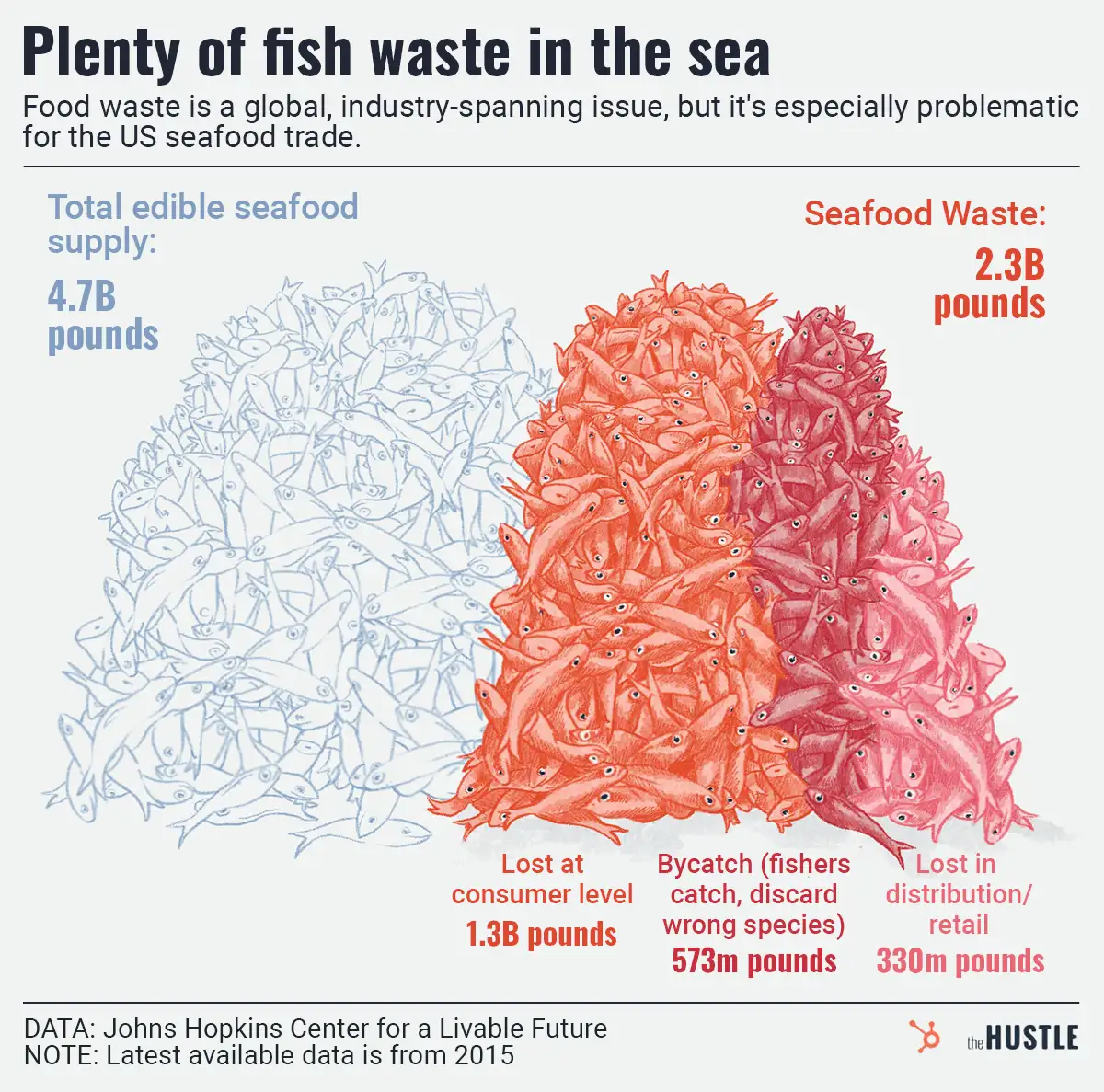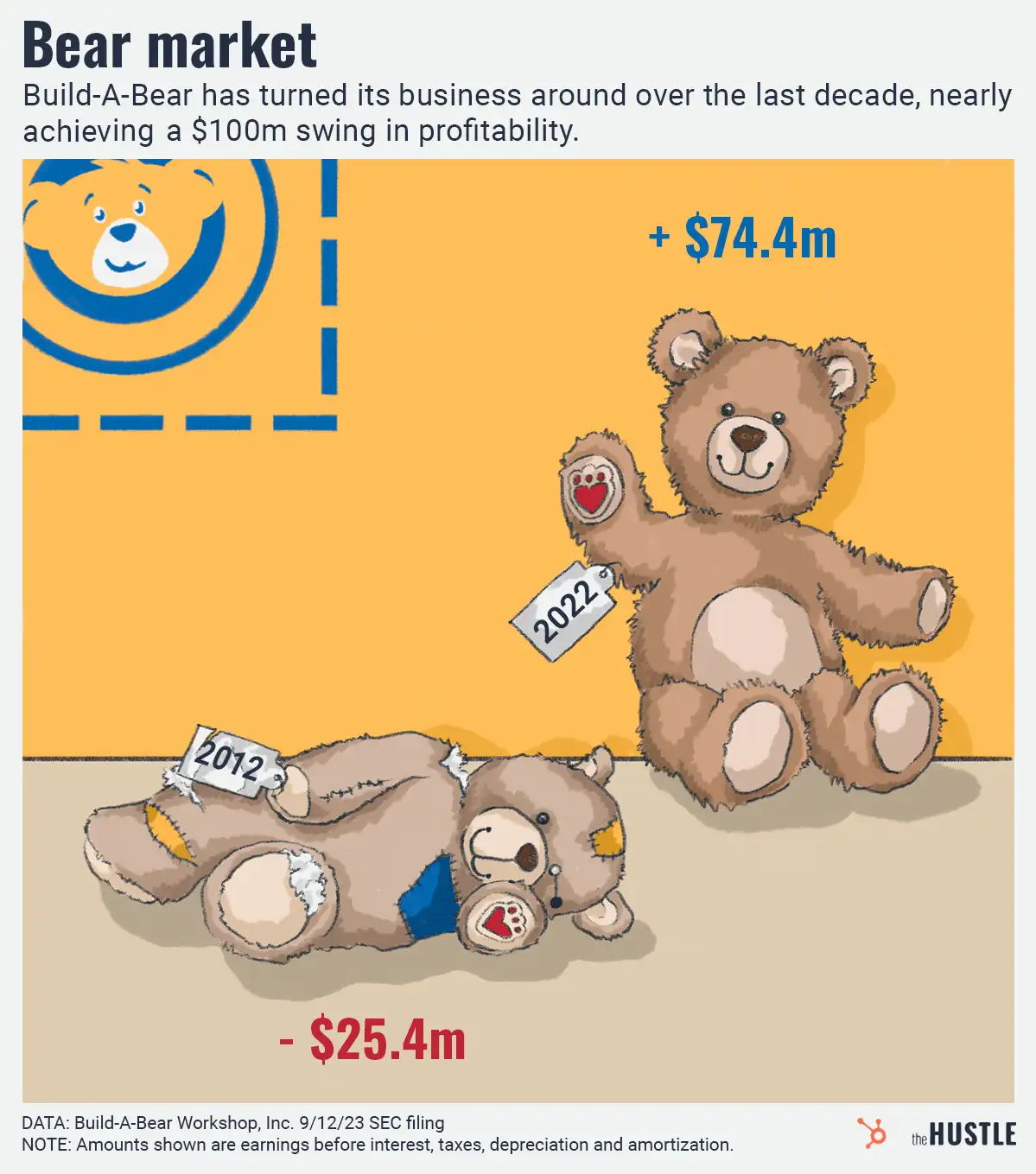If you’re looking for a real deal, consider the “bin store” — it’s where merchandise from Amazon, Target, and other retailers is resold, sometimes for as cheap as $6 for a PlayStation 5.
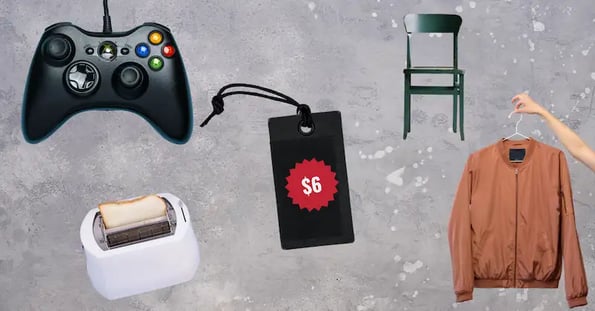
How? It’s a one-man’s-junk operation, with retailers offloading excess inventory or returned items that can’t be resold.
How it works
Retailers known as “bin stores” buy massive truckloads of returned items from merchants or through liquidation companies, per The Washington Post. The Bin Store in South Carolina, for example, sorts through ~25k items per week.
- Bin stores tend to be bare bones; many are cash only and require shoppers to bring their own bags.
- Items are placed in bins for customers to rifle through.
- Typically, prices are highest on restocking day, then drop throughout the week.
Customers often line outside the store on restock days to score headphones, smart lights, toys, kitchenware — even Xboxes and iPads.
One bin store operator told The Penny Hoarder that a customer once nabbed a $4k rifle scope for $12.
Are they profitable?
Because bin stores sell items for dirt-cheap prices, their profits depend on moving a lot of volume.
Tom Shultz broke down what he makes at Deal Daze, a 10k-square-foot bin store in Winter Haven, Florida.
- In one month, he spent ~$23.5k on inventory for a total overhead of ~$33k. Monthly sales were ~$39.4k, for a profit of ~$6.4k, or ~$76.8k annually.
That said, bin store operators say it’s also gotten harder to find and buy goods as the retail model has taken off.
To stay competitive, many try to court loyal customers through social media accounts where they post upcoming hauls, enticing them to come on restock days when prices are the highest.
BTW: For more sales, there’s always GovDeals, which sells liquidated items and stuff confiscated by the TSA. Unfortunately, you’ve just missed this absolute steal on nine pounds of assorted nail clippers.

